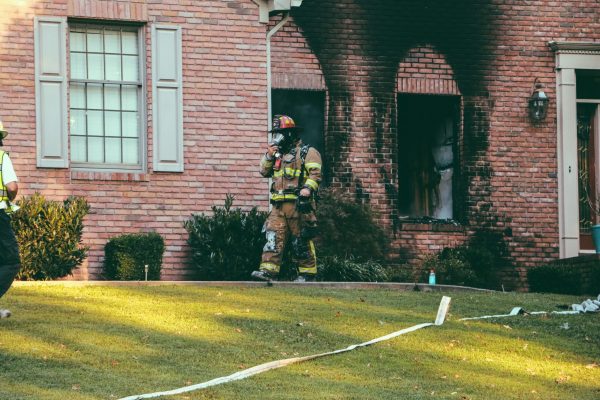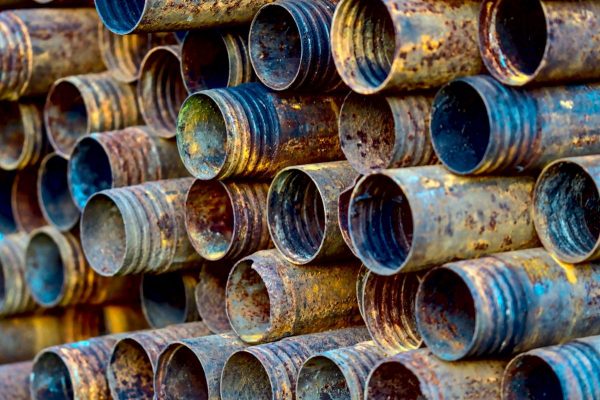

An Introduction to Dry Ice Blasting: 9 Uses for Industrial Cleaning
There is no other method of industrial cleaning that is as dry, non-conductive, non-abrasive, non-flammable, and as environmentally safe as dry ice blasting. Dry ice blasting involves a machine utilizing dry ice pellets and compressed air to initiate a technique like sandblasting. Unlike sandblasting, dry ice blasting cuts down cleanup time by fifty percent, does not leave scratches, nor does it get stuck in small crevices. Rather, once it warms up to room temperature, it vaporizes into thin air! Unlike power washing, it does not waste water or introduce toxic chemicals.
Here are nine uses for dry ice blasting in a variety of industries, from maintaining a high level of food safety to keeping unnecessary materials from entering landfills.
1. Food and Beverage Equipment
Coffee roasters, bakeries, dairy companies, candy, spice, snack food manufacturers, and more are all candidates for the only approved cleaning method up to FDA standards. All dry ice is food-grade, making it the essential method of commercial cleaning for stoves, ovens, mixers, cold storage, and conveyors that food and beverages touch during production. With the supreme ability to strip months of grease, oil, dust, and flour buildup off production materials, sanitation is ensured with the peace of mind that food and beverages post blast won’t be altered by adverse tastes, odors, or toxins.

2. Fire Damage
Recovering a home or business after a fire can be devastating, and overwhelming to consider how to clean up. Soot, char, smoke stains, and even smoke odors can be abolished from most surfaces with dry ice. The dry nature of this cleaning method makes it optimal for electrical and plumbing appliances as well.

3. Paint Preparation
Ski lifts, gondolas, and lighthouses are exposed to extreme weather conditions, subjecting them to damage over time. Oxidation wears down paint, exposing steel and wood, waning the structure’s strength. Typically, ski lifts need to be cleaned every three to five years, but with dry ice blasting may be able to extend cleans up to ten years or more. This process works so efficiently that it can blast entire lifts rather than forcing workers to climb heights to spot clean.

4. Automotive Restoration
For collectors, mechanics, or those who have sentimentally hung onto old vehicles handed down in the family, dry ice blasting offers rusty vehicles a second life. When in need of intensive body work, dry ice blasting is gentler than sand blasting. Dry ice is not abrasive, so it won’t scratch, nor is it flammable – a plus since fuel is likely to be present. Grimy metal, even the tightest spaces of the undercarriage, can look as polished as fine silver.

5. Historical Conservation and Preservation
Graffiti, mold, chipped paint, and general wear and tear can cause the decay of historical architecture, but demolition doesn’t have to be the first solution. Dry ice is aggressive, yet gentle enough preserve hand carved stone, wood, marble, and other building materials. Ornate ceilings and internal and external walls can be restored to original finishes. This is a win for sustainable building, as it allows existing buildings to be recycled rather than being scrapped.

6. Welding Equipment Cleaning
When welding, slag can build up from gas impurities, leading tools to corrode and weaken. Dry ice blasting breaks up slag, smoke, and oil through freezing and fracturing it to preserve the integrity of the tool. In turn, tools can maintain efficient function for a long time to come before replacement options are even on the table.

7. Asphalt Removal
While dry ice blasting can remove asphalt from the ground, this service refers to asphalt and tar that has collected on vehicles and paving equipment. Such equipment can return to its shiny original finishing for smoother operation.

8. Mold Removal
Just as mold causes dangerous health effects, so can the use of chemicals to expel it. Going the nontoxic route with dry ice blasting for mold removal can inhibit the need for new siding, roofs, and walls. Dry ice does not add moisture to affected areas, nor does it create additional odors, but benefits the area two-fold by removing both mold and subsequent stains.

9. Pipeline, Tank, and Vessel Cleaning
Rust and corrosion are frequent problems for metals interacting with water. Pipelines, tanks, and vessels, in conjunction with oxidation and the minerals and extreme weather conditions they are exposed to, can limit their lifespan. The last thing the environment needs is more metal in its landfills, but dry ice blasting can give such materials much needed tune ups for extended use.

Dry Ice Line Coming Soon to Rocky Mountain Air Solutions
In line with Rocky Mountain Air Solutions’ dedication to providing our customers with flawless dependability, we are expanding our service capabilities in 2022 through a dry ice line that will support dry ice blasting and other applications. We look forward to partnering with you in each of these industrial cleaning applications through this sustainable and environmentally friendly practice!



